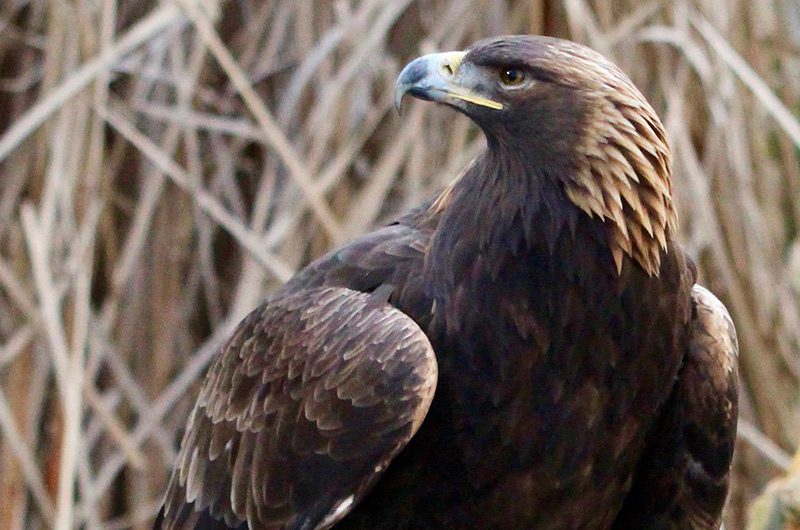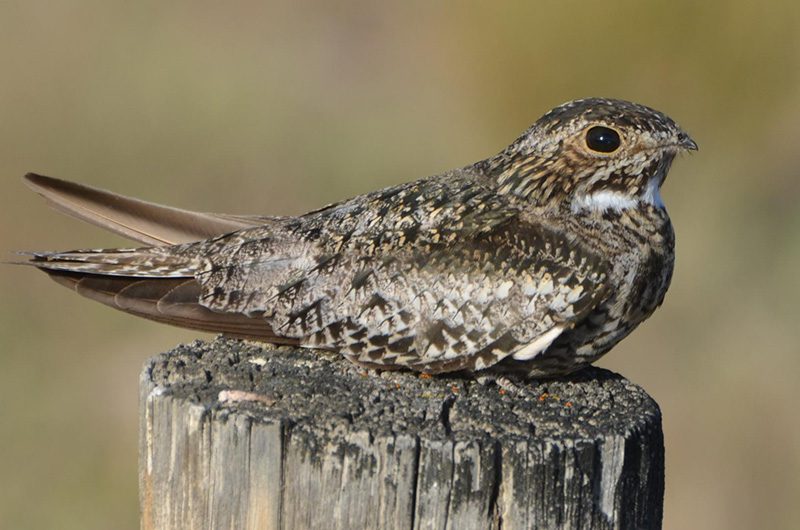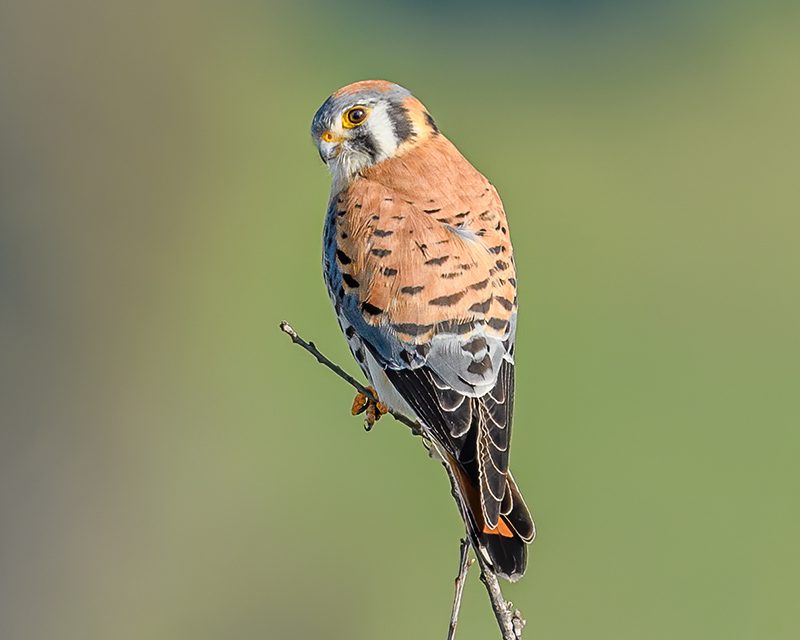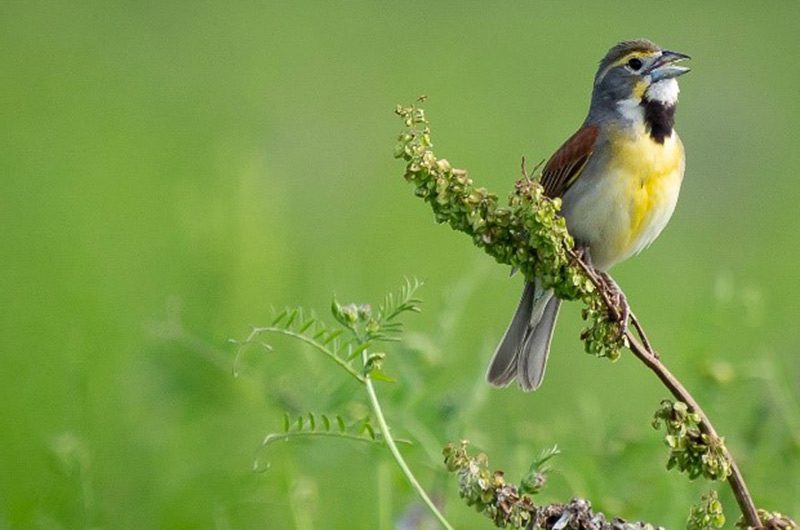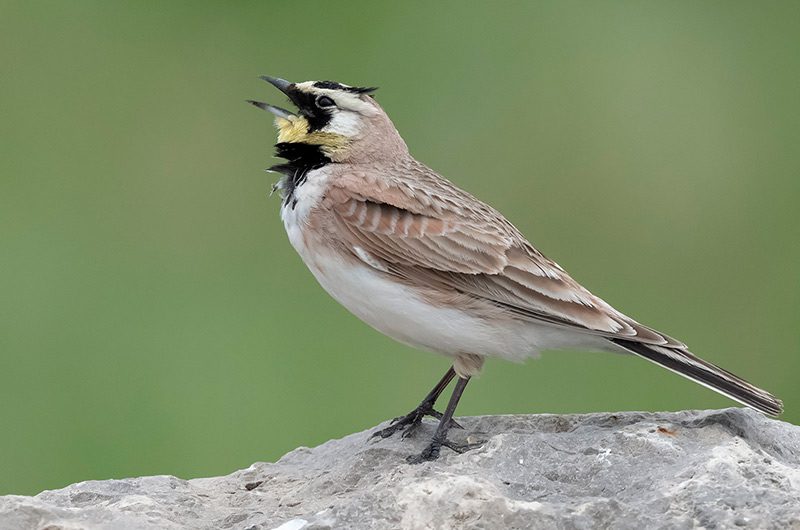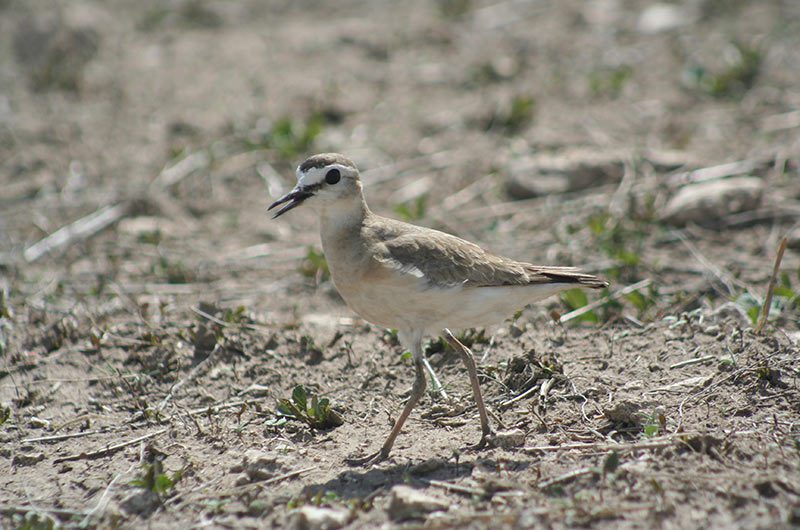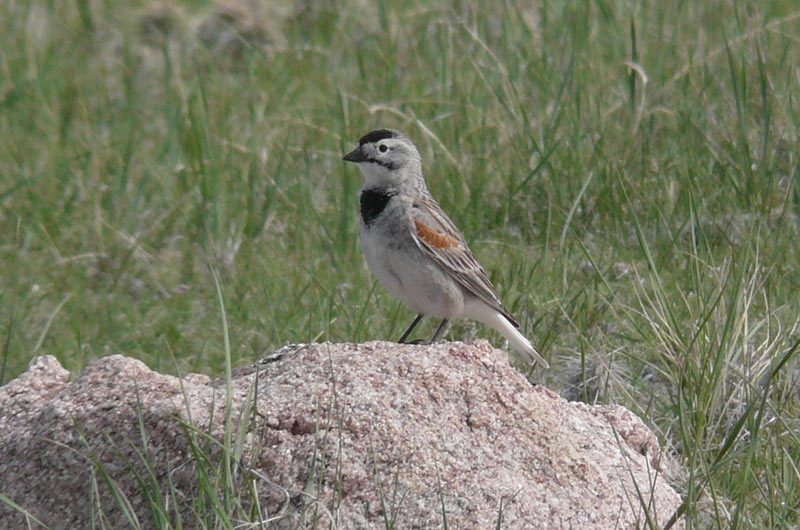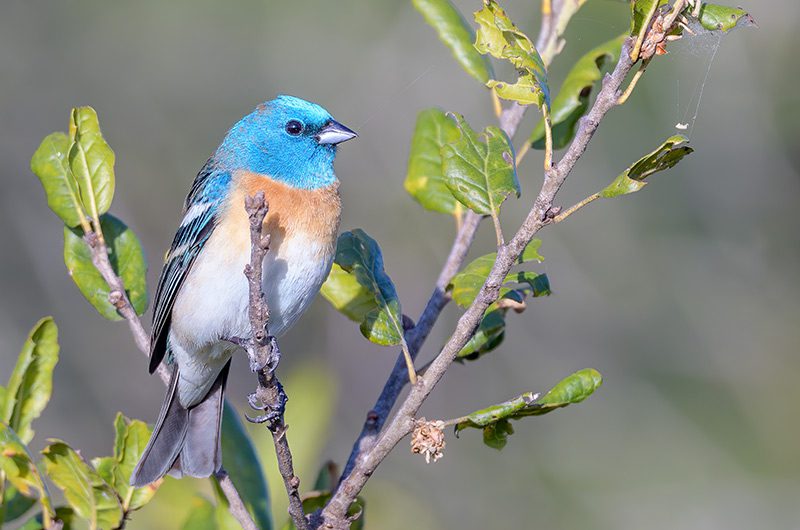LandPKS Learning
Habitat Hub
Factsheets and other helpful resources about the wildlife species living on your land (US only)
Golden Eagle
Although capable of killing large prey, golden eagles primarily hunt rabbits, hares, ground squirrels, and prairie dogs. It takes a juvenile bird four years to reach adulthood, juveniles typically don’t have territories and don’t migrate far from their natal territories (where they hatched). They disperse and ”hang around” the region for several years.
Read moreNorthern Pintail
Pintails are a fast, long-distant migrant. Using satellite-tracking technology, the longest non-stop flight on record was 1,800 mi/2,900 km.
Read moreCommon Nighthawk
Male common nighthawks are known for their dramatic “booming” flight display. When flying above the trees, a male will dive towards the ground and abruptly pull out of the dive, sometimes just above the ground. As he flexes his wings downward, the air rushes across his wingtips, making a booming or whooshing sound. The male may dive to impress a female or scare intruders, such as people.
Read moreAmerican Kestrel
Kestrels hide surplus prey in grass clumps, tree roots, bushes, fence posts, tree limbs, and cavities, to save the food for lean times or to hide it from thieves. In winter in many southern parts of the range, female and males use different habitats. Females use the typical open habitat, and males use areas with more trees. This situation appears to be the result of the females migrating south first and establishing winter territories, leaving males to the more wooded areas.
Read moreDickcissel
Dickcissels gather in large flocks for fall and spring migration, up to thousands of birds. On their winter range, flocks may be as large as millions of birds, and these flocks can inflict substantial damage on agricultural crops in South America.
Read moreHorned Lark
The female Horned Lark selects a nest site on bare ground, apparently with no help from her mate. She uses her bill to loosen soil and flip it aside to dig a cavity, sometimes also kicking dirt out with her feet. She either chooses a natural depression in which to build the nest or excavates the site herself, a process that can take several days.
Read moreMountain Plover
The mountain plover has an unusual mating strategy to increase hatching success of their young. The male builds two nests on the ground (see photo above), often incorporating bits of rocks or even cow pies. The female lays 3 eggs in each nest. The adults are likely not monogamous so there could be more than one father! Each adult incubates a nest to double the likelihood of success, this uniparental strategy is rare among shorebirds.
Read moreThick-billed Longspur
The ground nests are difficult for predators (and humans) to find because the female sits tightly on her nest until practically stepped upon, relying on her camouflage to avoid detection. Females also have a strong instinct to protect the eggs. One researcher who wanted to count eggs in the nest of a particularly protective mother had to first lift her off the nest because she refused to abandon her eggs even momentarily.
Read moreLazuli Bunting
Birds can typically be identified by their song, but lazuli buntings make this a tad tricky. When young males arrive on their breeding grounds, they create their own unique song, which is a rearrangement of notes and syllables from other male lazuli buntings’ songs. They then sing their unique song every subsequent breeding season.
Read moreCouch’s Spadefoot
Be cautious handling Couch’s spadefoot toads as they have a skin secretion that can cause allergic reactions in some people. Reactions to secretions can make cuts and scratches painful, as well as result in sneezing, running nose, and watery eyes.
Read more
Mobile App | Data Portal | Knowledge Hub | Habitat Hub | Learning Collections | Blog | About | Contact | Support

